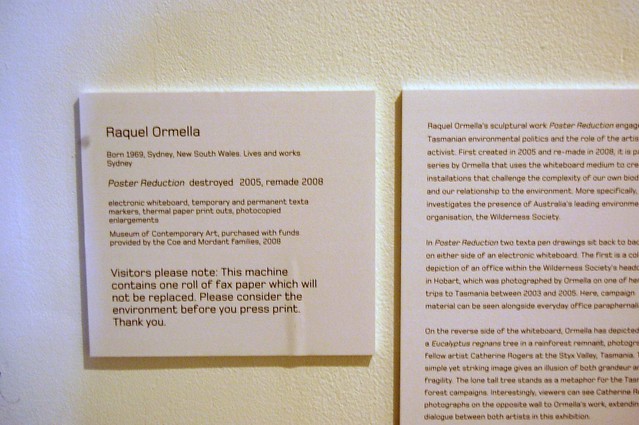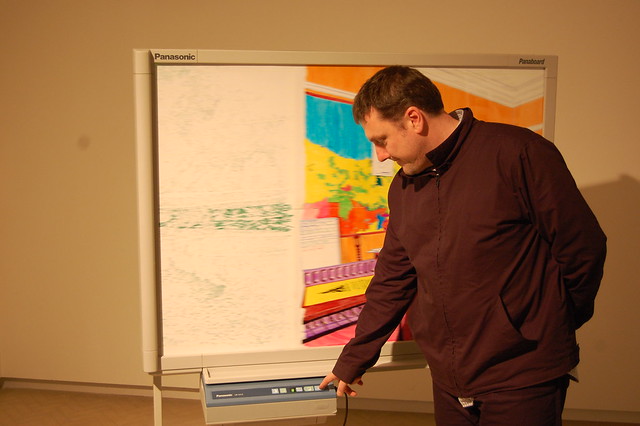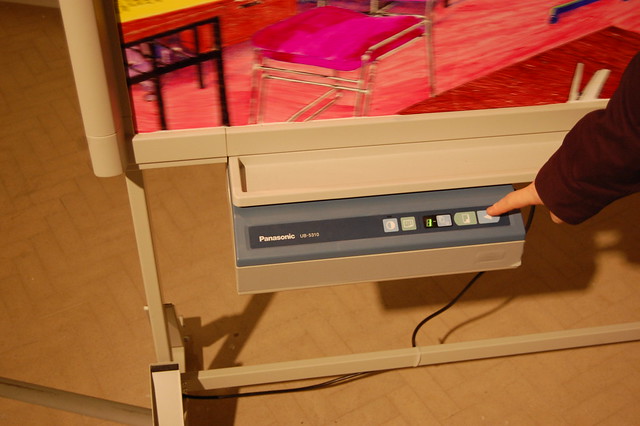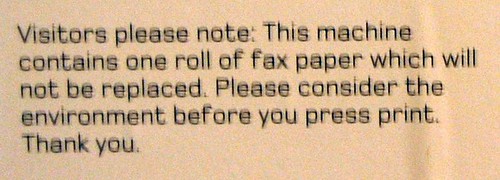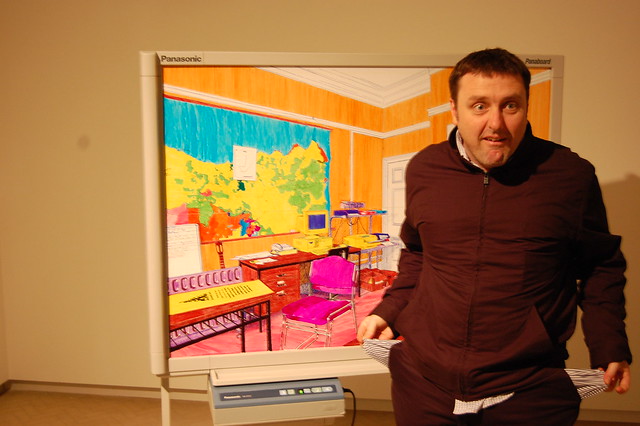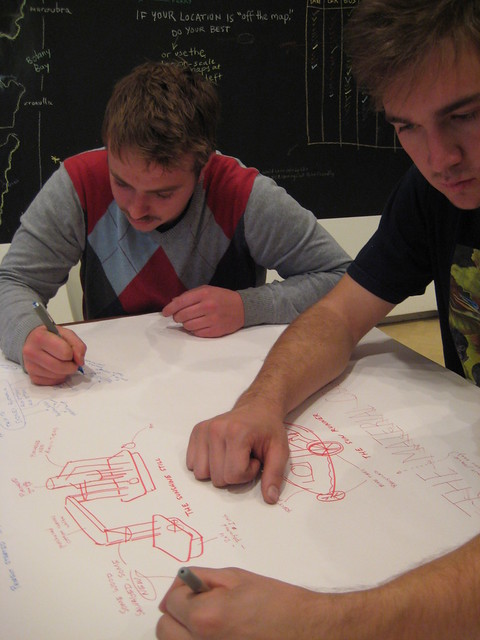My permaculture friend Todd always likes to pepper everyday conversation, somewhat tongue-in-cheek, with the term “pollution”. You see, in the course we did together, we were given a new perspective on the concept of pollution – which was redefined – not as something absolute and evil, but rather as a surplus of any resource for which a use has yet to be found.
To offer an example of how this works: in a forum I attended a few days ago in Bundanon, Pia Winberg, an environmental scientist at University of Wollongong drew attention to the untapped potential of seeweed as an Australian Industry. For Pia, seeweed is great because you can grow a lot of it in salty water (sidestepping the salinity problem), and it can be used to mop up some of the destructive nitrogen and phosphorus “pollution” created by fish farming industries. In other words, if you locate a seeweed farm near a fish farm, the pollution from the fish farm becomes, rather, a resource for the seeweed farm.
On a smaller and slightly more absurd scale, Todd, who has a lot of chickens in his south-coast backyard, likes to brag that he has an “egg pollution” problem. Which he, very kindly, solves by giving eggs away. Even better, he offers to help others solve their “empty egg carton pollution” problem, which helps him package his eggy pollutants. You get the idea…
Which brings me to a looming issue. There’s only one month to go on the In the Balance exhibition at the MCA. What will happen with all the stuff used to put together the show, when it finishes?
Continue reading

